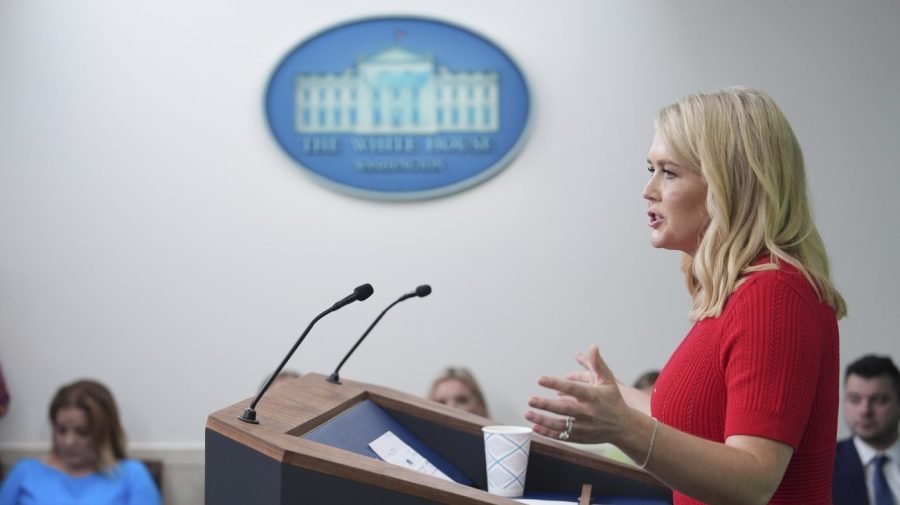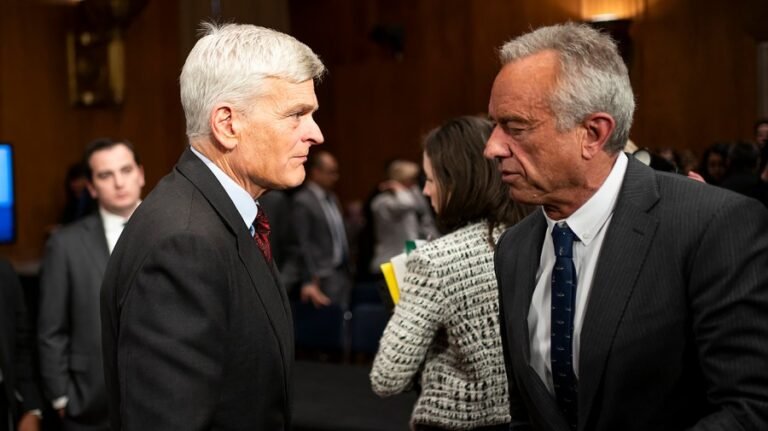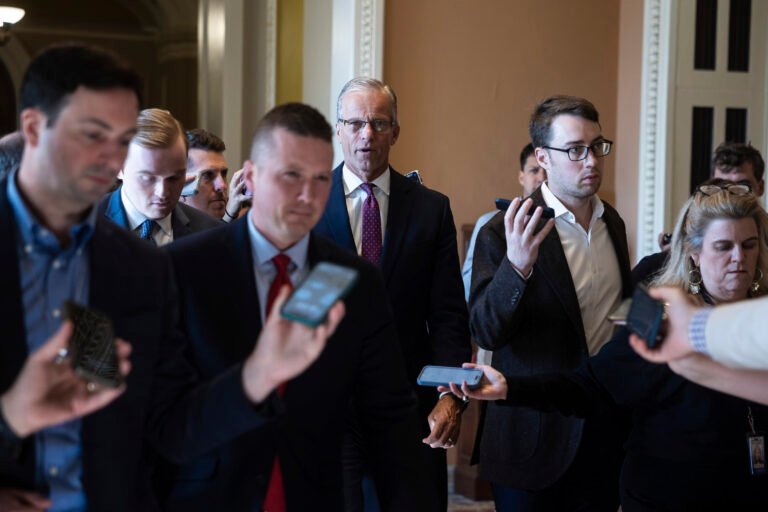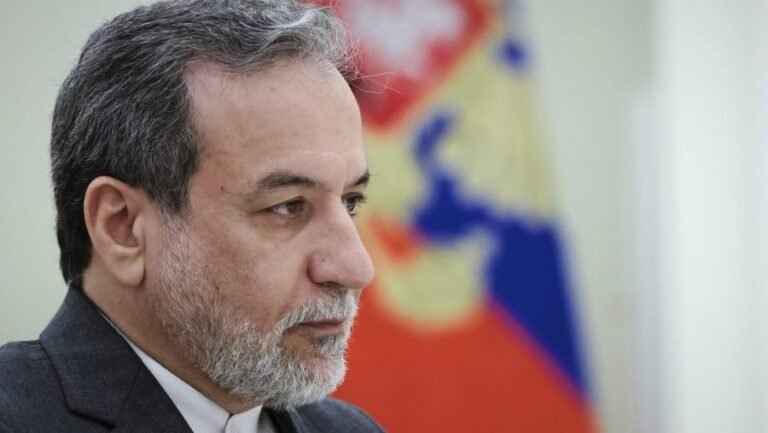
The White House sent a letter to trading partners to push for offers by the next day while the “reciprocal” tariffs are paused, press secretary Karoline Leavitt said on Tuesday.
Leavitt, confirming reporting from Reuters, said the letter was sent from the United States trade representative “just to give them a friendly reminder that the deadline is coming up.” Countries were given until Wednesday to provide the best trade offer to the administration.
Leavitt added that Trump administration officials are still in talks with trading partners to strike deals during the 90-day pause.
“They continue to be engaged in those discussions, and this letter was simply to remind these countries that the deadline is approaching and the president expects good deals, and we are on track for that, I will emphasize,” she said.
The pause was implemented on April 9, a week after President Trump’s “Liberation Day” tariffs were imposed, amid pressure from Wall Street and fellow Republicans in response to the turmoil the tariff announcement caused on the stock market. The pause will expire on July 8.
The White House did not say which countries received the letter, but top officials, including Treasury Department Secretary Scott Bessent, have said they are engaged in talks with countries such as Vietnam, Japan and India.
Bessent recently warned that tariffs on trading partners could go back to the rate slapped on them on “Liberation Day” if they don’t engage in good-faith negotiations. During the 90-day pause, 10 percent tariffs on trading partners other than China were put in place.
The administration struck a trade deal with the United Kingdom last month, which includes billions of dollars of increased market access for American exports but was not a direct result of the country-specific tariffs.
The U.S. also struck a trade agreement with China to lower the rate imposed on the country from 145 percent to 30 percent, although Trump last week said that China violated the deal. Under the agreement hashed out in April, Beijing also lowered its rate on U.S. goods from 125 percent to 10 percent.


